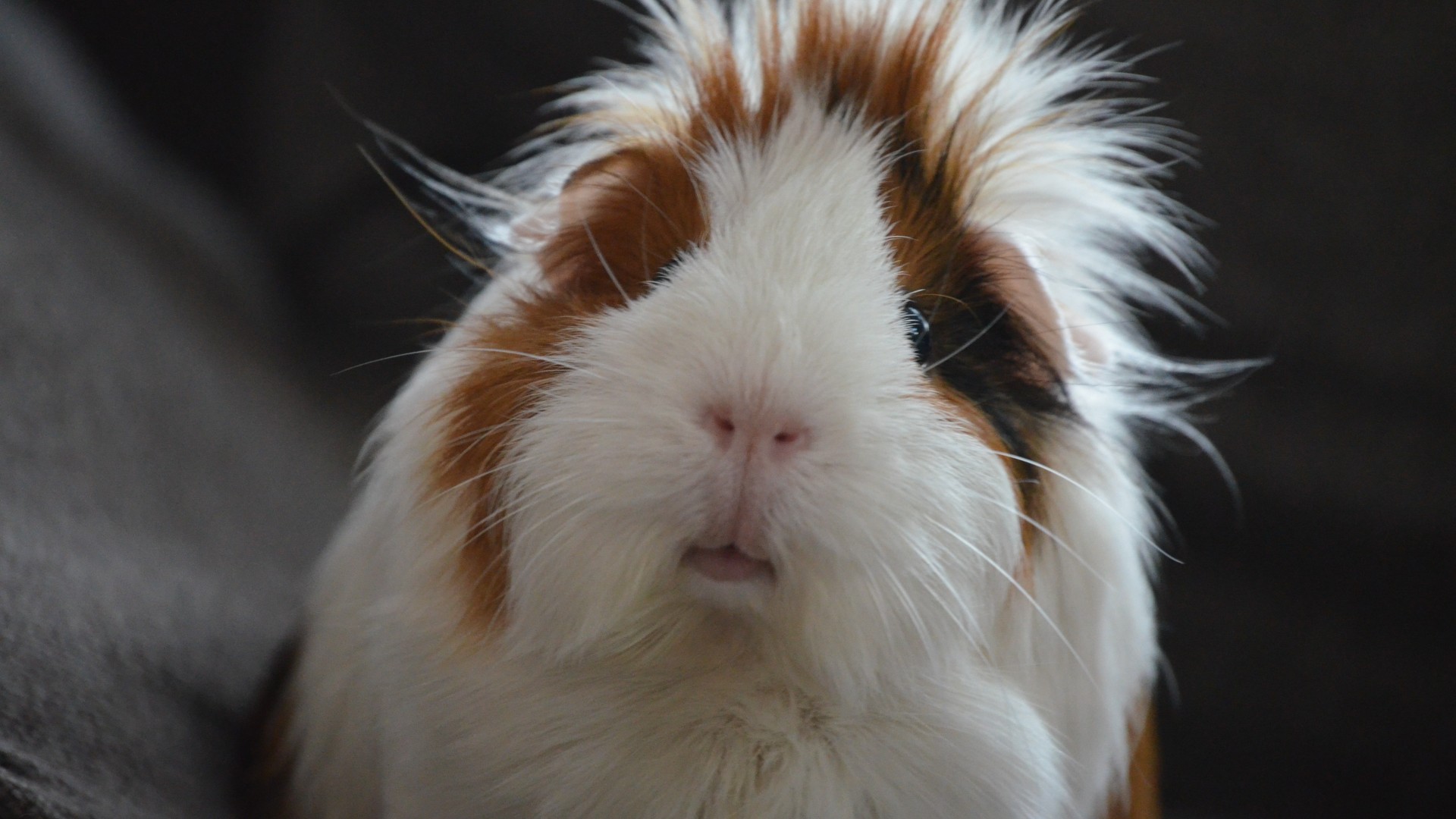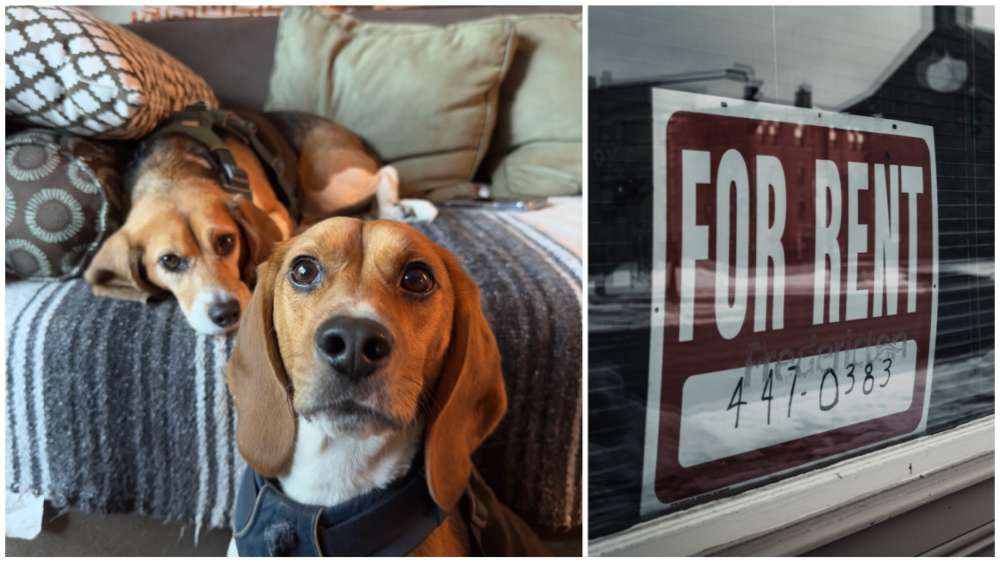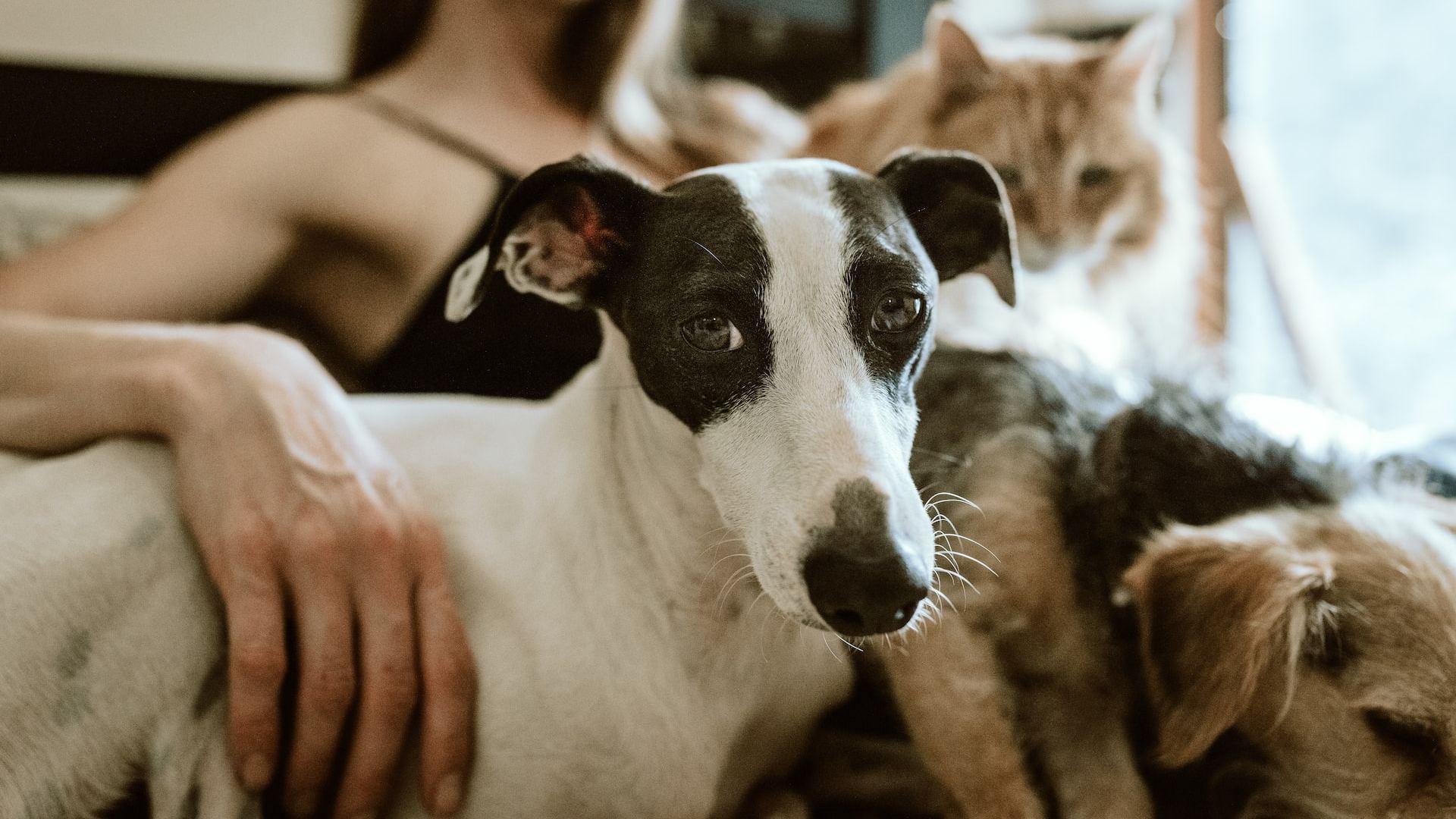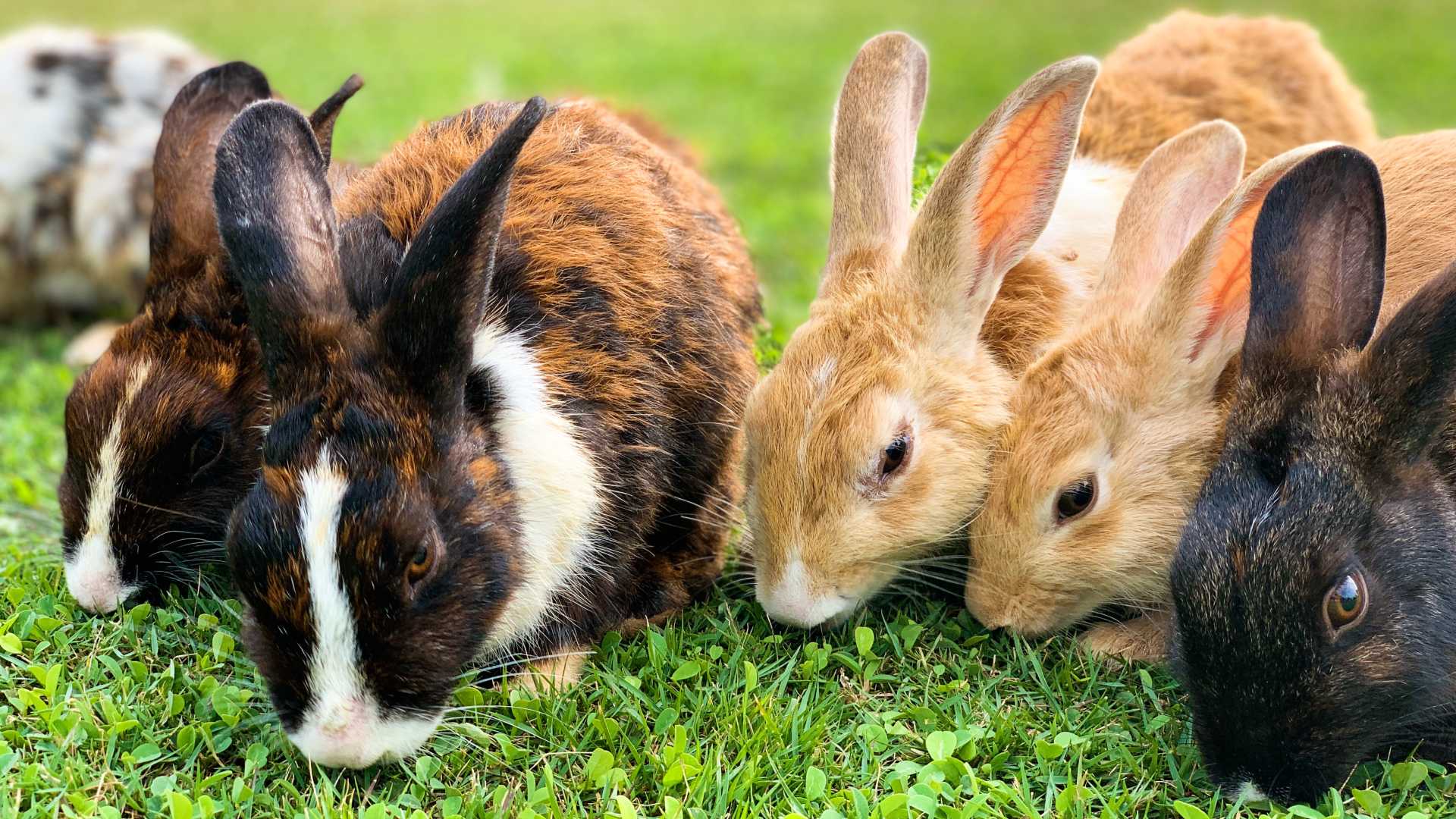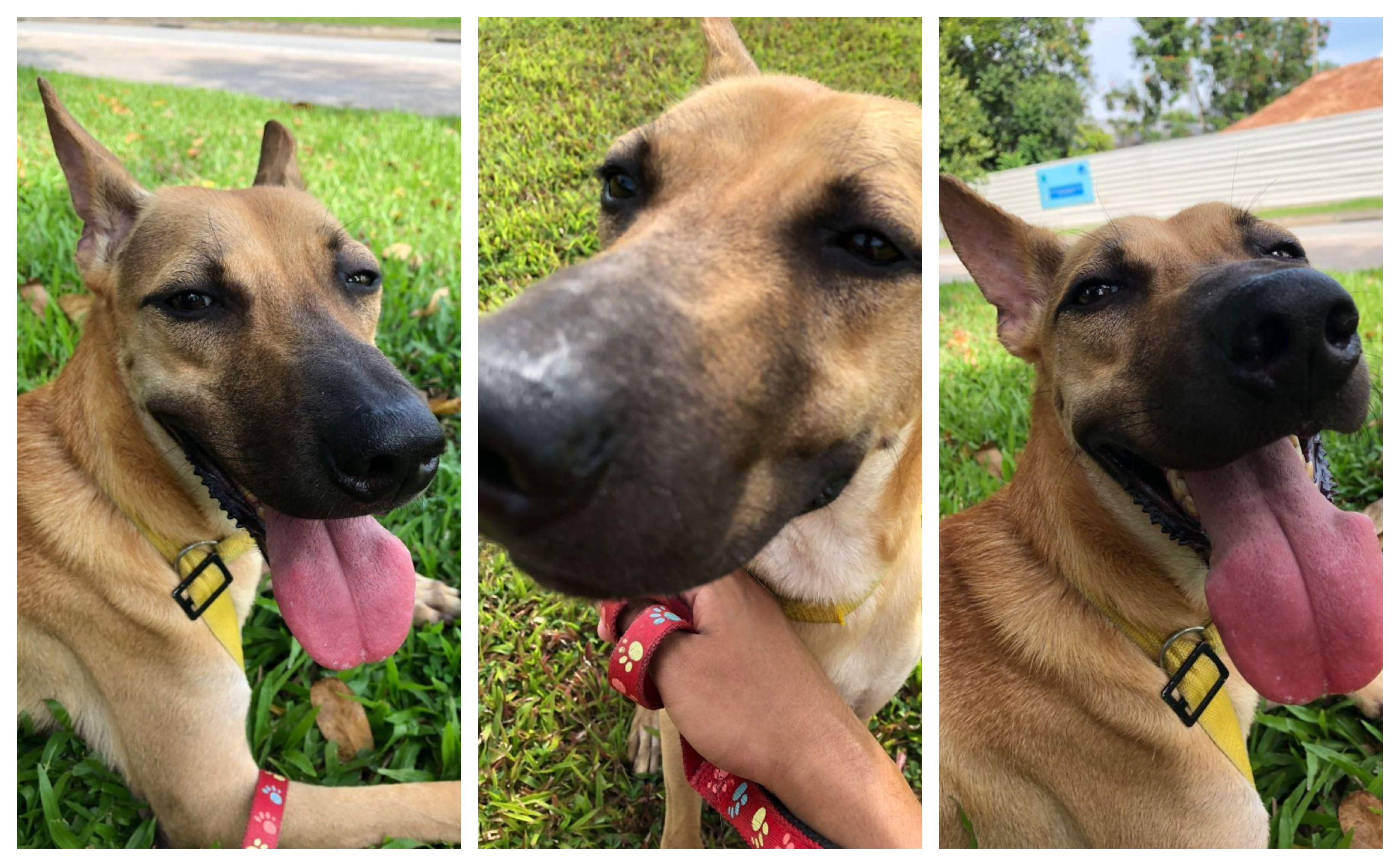Guinea Pig Rescue Singapore: Here's What They Do
Guinea pigs are pets that many would consider a little more exotic than rabbits. (Is there even a guinea pig community in Singapore?) So if you’ve always been curious about these creatures, you’ll be pleasantly surprised that there exists in Singapore a non-profit organisation for guinea pigs: Guinea Pig Rescue Singapore (GPRS).
GPRS rescues, rehabilitates, and rehomes guinea pigs. Their mission: to give every guinea pig a second chance in life because they believe that every life matters. GPRS also advocates adoption and education about guinea pig welfare – sadly, many first-time guinea pig owners do not realise the requirements and commitments involved in these high-maintenance pets, which are definitely not starter-pets, even though many shopkeepers and articles claim them to be.
Many of us have never interacted with a guinea pig before and might be at a loss when faced with one. The best thing to do: heed the advice of Felicia Tan, founder of GPRS, and how she’s been caring for guinea pigs for the last 4 years.
Most importantly, let's start by addressing the first thing you need to do when you find yourself completely befuddled by guinea-pig care:
1. Surrendering
There’s no shame in seeking help when help is needed, especially when you’re a pet owner. Only when you seek help will you be able to rectify a bad situation, and improve it for you and your furkid. GPRS wants you to know that you can surrender your guinea pigs to them. Surrendering to an organisation is always better than abandoning your furkid and leaving them out to die. In fact, it is brave to seek help when we know we cannot manage pawrenting.
2. Cage needs
When it comes to animals, the first thing we need to understand is that even small animals need big houses. Many of the cages you see in pet stores are simply not big enough.
GPRS recommends Cubes and Choroplast Cages for guinea pigs, based on grids that are fully customisable and easy to procure. The bare minimum required for guinea pigs is a 2x3 grid (105x70cmx35cm).
Male guinea pigs tend to show more dominating behaviours and need a minimum size of at least a 2x4 grid (140cmx70cmx35cm).
The Midwest Cage (119cmx60cmx35cm) is suitable for 2 female guinea pigs.
To purchase, check out this link.
3. Bedding
A quick search on Google will give you a list of articles about the best types of bedding for your guinea pigs, but these do not take into consideration Singapore’s humidity and climate. The use of inappropriate or incorrect bedding (including newspaper, wood shavings, pine pellets and recycled paper bedding) could lead to problems such as bumblefoot (an extremely painful infection of the foot pad).
Hence, GRPS recommends only:
• Fleece (liners)
• Microfibre mats
• Pee pads without fragrance
Bear in mind that guinea pigs cannot be potty trained like rabbits. Hence, bedding is necessary for a healthy guinea pig. Bedding must be changed regularly as well to prevent the build-up of ammonia from guinea pig waste, leading to respiratory infections.
Ensure that the area you keep your guinea pigs in is well ventilated, not just for your piggies but for yourself too.
4. Diet
A good, balanced diet helps to keep health problems at bay. When changing or adding new things into your piggies’ diet, always do so gradually to avoid issues like bloat and diarrhoea or urinary stones (caused by excess calcium in their diet). Other health problems from an imbalanced diet could include heart, liver or kidney diseases or even obesity. Did you know: Guinea pigs cannot produce Vitamin C on their own, therefore they must consume Vitamin C with your help.
GPRS recommends that a piggy’s diet should consist of only:
• Good quality Timothy hay (spice things up for them by mixing in orchard/meadow/other types of hay)
• 1 tablespoon of good quality pellets (Sherwood, KMS, Oxbow)
• Safe vegetables 1 cup daily (leafy greens: romaine lettuce, banana leaves, bell peppers, corn husk/silk)
• Vegetables that provide Vitamin C (red and green bell peppers, tomatoes (no stems and no leaves))
• Alternatively, provide piggies with Oxbow Vitamin C supplements daily
You can purchase guinea pig supplies here.
Some foods to avoid completely:
• Iceberg lettuce
• Nuts, seeds, and corn kennels
• Avocadoes
• Chocolates (or anything with caffeine)
• Cabbage
• Bread
• Meat
Rule of thumb: When in doubt, avoid it! This applies to everything else.
5. Companionship
Guinea pigs are social creatures and if you currently have a solo piggy, don’t be shy to reach out to GPRS to see how they can help your solo piggy make some friends!
Best combo for cage-mates:
• two of the same gender
• a neutered boar with a female
• a spayed female with a boar
GPRS has piggies up for adoption too!
For the latest updates on Wonderwall.sg, be sure to follow us on TikTok, Telegram, Instagram, and Facebook. If you have a story idea for us, email us at [email protected].







